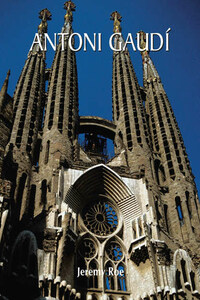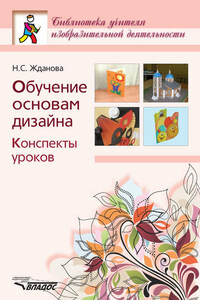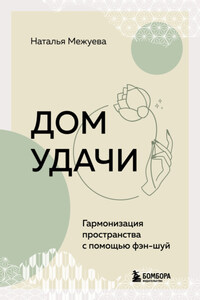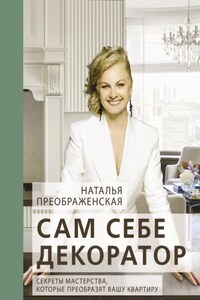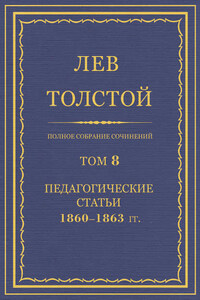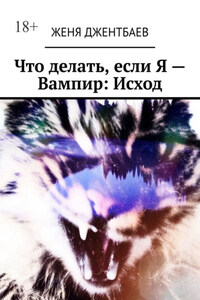1. Park Güell, trencadís mosaïc of the bench.
In order to understand the real significance of Gaudí’s architecture it is necessary to take into account various factors which influenced his thinking. His family background, childhood, place of birth and schooling, the historical context of Catalonia and Spain during his lifetime, his friends and relations, all form the framework for the very special and very distinct architecture of Antoni Gaudí Cornet.
However, his personality is hard to capture for various reasons. In the first place, Gaudí’s shy and retiring nature meant that there are virtually no original documents in existence that show what he was like. He closely guarded his privacy, and it is a sancta sanctorum into which the historian should not try to penetrate, both out of respect and because he lacks sufficient judgement to draw any definite conclusions.
Hence the numerous fantasies that have been written about Gaudí – fabrications that are of no historical value despite their appeal to the public, ever eager for details of the intimate lives of great men regardless of whether or not they are true. Gaudí’s family background must be taken very much into account, for the nature of the trade which his father and both his paternal and maternal grandfathers followed is very revealing. More than five generations of Gaudís had been coppersmiths, producing the vats for distilling alcohol from the grapes grown in the Camp de Tarragona.
The spatial aspects of the curved forms of these vats, made of beaten copper plates, had a considerable influence on Gaudí, as he himself admitted, for they taught him to visualise bodies in space rather than projected geometrically on to a single plane. These visions from his childhood and his father’s workshop of brightly coloured, shining, malleable shapes, sculptural living forms, persisted in his architecture.
Brought up in a Christian family of artisans and craftsmen, he went to school at the Piarist college in Reus, where he received a broad-minded and humanistic education that undoubtedly played and important part in defining his character. There he met Eduard Toda Güell, who sowed in him the seeds of a love of the monastery of Poblet and of the history of Catalonia in general.
The town of Reus in the middle of the nineteenth century was a centre of political, radical and republican agitation. Although Gaudí never left any desire to play an active part in politics, nor in anything else other than his own particular form of architecture, it is clear that he caught the strong feelings of those around him and became deeply concerned about the serious problems from which the country suffered.
He was a student during the last of the Carlist Wars, and although he never actually had to take part in any fighting he was mobilised for the entire duration.
When later, while studying architecture in Barcelona, he showed his concern for the problems of the working classes by collaborating in the design of La Obrera Mataronense, the first co-operative factory in Spain, he was putting into practice some of the ideas he had formed during his schooldays in Reus.
Reus and the nearby village of Riudoms, where he spent many summers in a small cottage that his father owned, both had an influence on Gaudí, not only through the character of their inhabitants but also through their climate and landscape.
Dry stony lands, with a special luminosity, where vines, almonds, hazels, cypresses, carobs, pines and olives grew: lands that could have been set in Lazio or the Peloponnese; Mediterranean lands par excellence, which Gaudí considered the ideal place in which to contemplate Nature, for the sun shines with unusual splendour and falls on the ground at an angle of forty-five degrees, producing the most perfect light effects. Reality in all its truth and beauty could be found in the landscape of the Camp de Tarragona under the Mediterranean sun.
Gaudí considered himself an observer of things in their natural state. His immense imagination was based only on the capacity to assimilate the reality of Nature, exquisitely lit and portrayed by the sun of that beautiful region. But we all know that the sun – including the sun in the Camp de Tarragona – shines for everyone, but it does not suggest to everyone what it suggested to Gaudí. And this brings us to a second factor, for Gaudí’s capacity for observation was a result of his being a sickly child who suffered from rheumatic fever, which prevented him from joining in the games the other children played. Isolated and alone, he spent the best part of his time observing Nature, and he realised, with intelligent perception, that of the infinite number of forms that exist in the world, some are highly suitable for structures whilst others are highly suitable for decoration.
